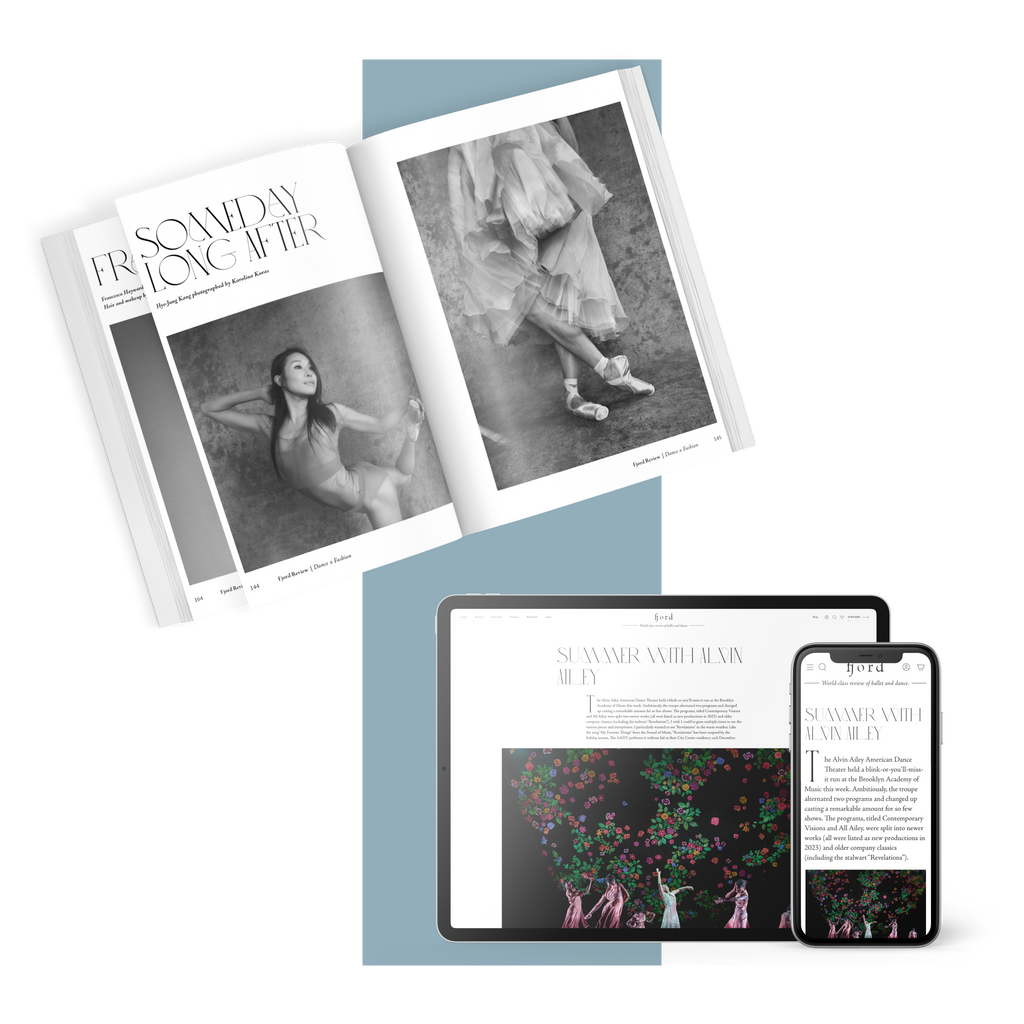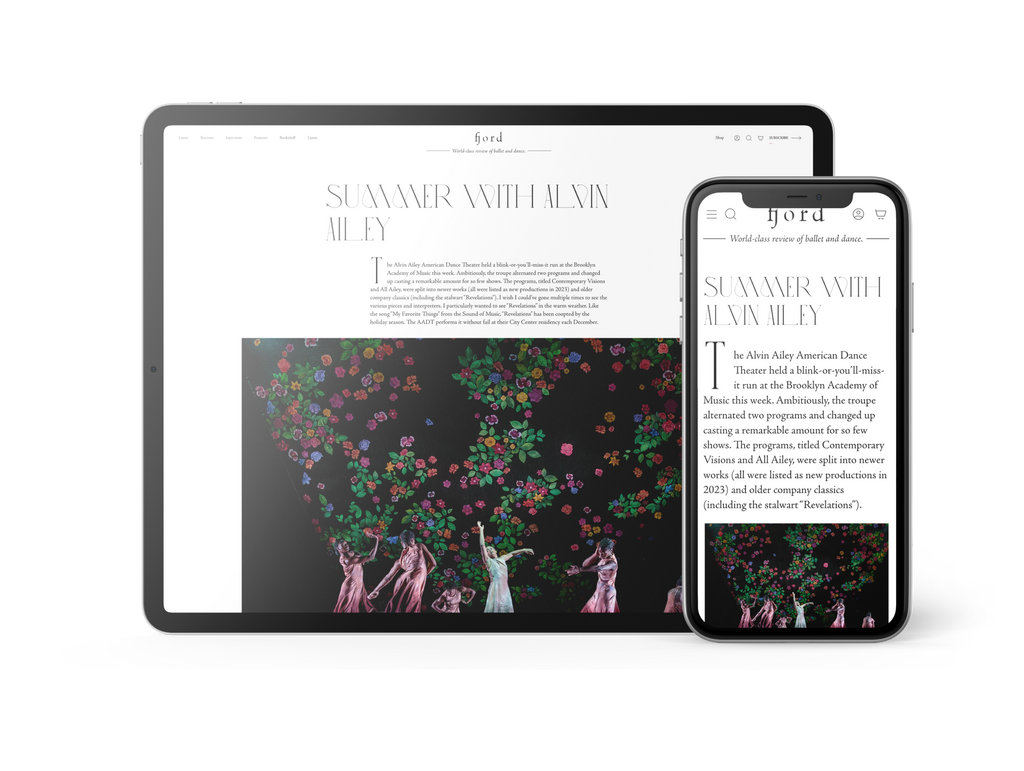Talent Time
It’s “Nutcracker” season at San Francisco Ballet—36 performances packed into three weeks—which means that the company is currently serving two distinct audiences.
Plus
World-class review of ballet and dance.
Tennessee Williams' most spiky love triangle, the ultimate study in late 1940s Southern American melodrama, is an interesting piece to adapt in the twenty-first century. Tackling issues around abuse, class and consent would undoubtedly be a challenge for any dance company. To that end, Scottish Ballet brought in an intimacy coach—ensuring all of the dancers feel comfortable, dealing with portraying the darker themes of sexual violence, addiction, suicide and domestic violence.
Performance
Place
Words

(Centre) Marge Hendrick as Blanche in Scottish Ballet's “A Streetcar Named Desire.” Photograph by Andy Ross


“Uncommonly intelligent, substantial coverage.”
Your weekly source for world-class dance reviews, interviews, articles, and more.
Already a paid subscriber? Login
It’s “Nutcracker” season at San Francisco Ballet—36 performances packed into three weeks—which means that the company is currently serving two distinct audiences.
PlusLast week I caught up with choreographer Pam Tanowitz and Opera Philadelphia’s current general director and president, countertenor Anthony Roth Costanzo to talk about “The Seasons,” the company’s latest production premiering at the Kimmel Center’s 600-plus seat Perelman Theater on December 19.
PlusIf Notre-Dame remains one of the enduring symbols of Paris, standing at the city’s heart in all its beauty, much of the credit belongs to Victor Hugo.
PlusWhen dancer and choreographer Marla Phelan was a kid, she wanted to be an astronaut. “I always loved science and astronomy,” Phelan said.
Plus
comments